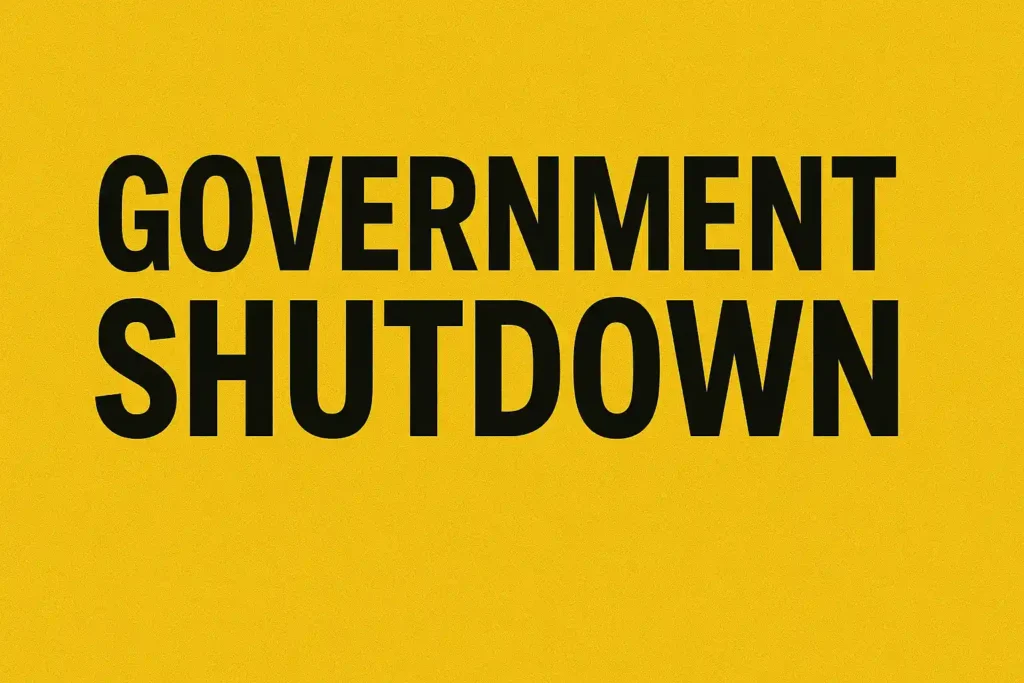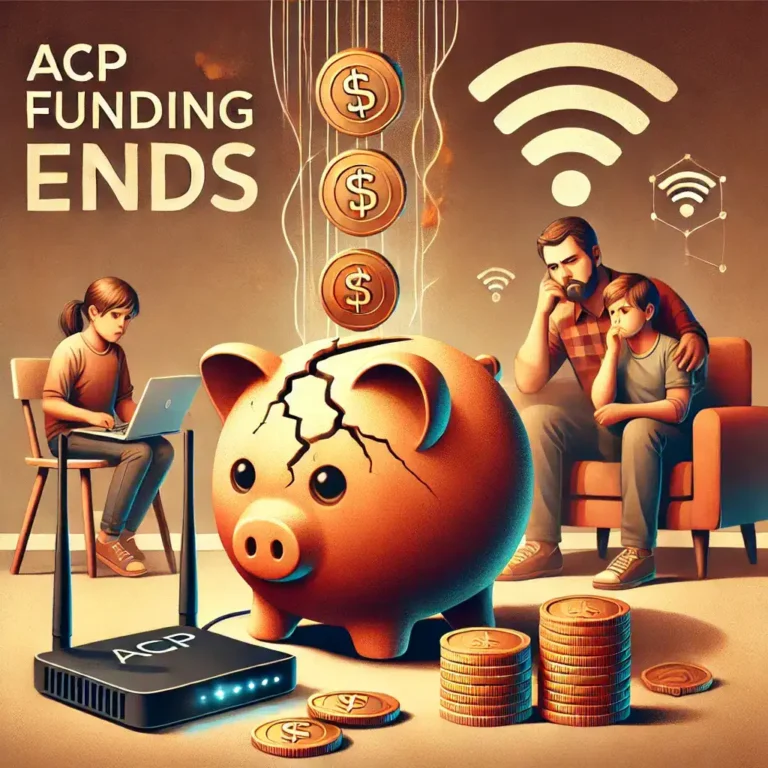The United States federal government entered a partial shutdown at midnight on October 1, 2025, after Congress failed to pass a continuing resolution to fund government operations for the new fiscal year. This marks the first shutdown since 2019 and comes amid partisan disputes over spending priorities, including border security and disaster aid. As of today, Day 4 of the shutdown, essential services like national security and air traffic control continue, but non-essential operations are halted, furloughing hundreds of thousands of federal workers.
For the millions of Americans relying on federal assistance programs to meet basic needs—food, health care, income support, housing, and more—the shutdown introduces uncertainty. While many programs have built-in safeguards or contingency funds to weather short disruptions, the risks escalate with each passing day. This article breaks down the impacts on major programs, including SNAP (via EBT cards), WIC, Medicaid, Supplemental Security Income (SSI), and others like TANF, unemployment insurance, and housing assistance. Drawing from official guidance and expert analyses, we’ll explore short-term stability versus long-term vulnerabilities, and offer practical steps for affected individuals.
SNAP (Supplemental Nutrition Assistance Program) and EBT Benefits
The SNAP program, often accessed through Electronic Benefit Transfer (EBT) cards, provides food assistance to over 42 million low-income individuals and families each month, helping cover about 10% of the U.S. food budget. It’s administered by the U.S. Department of Agriculture’s Food and Nutrition Service (FNS).
In the immediate term, SNAP remains largely unaffected. Benefits for October 2025 were already obligated and transmitted to states in September, so EBT cards should be loaded on schedule—typically between the 1st and 28th of the month, based on your state’s schedule. Retailers can continue accepting SNAP payments without interruption, as the program’s electronic systems operate independently of daily federal funding.
However, the outlook darkens for a prolonged shutdown. If it extends past mid-October, November benefits could face delays, as states rely on USDA directives to issue allotments. The USDA has access to contingency reserves—potentially up to $6 billion from prior-year funds—that could bridge gaps for several weeks or even months, similar to the 2019 shutdown when reserves sustained operations for 35 days. But legal hurdles from the Government Accountability Office (GAO) have historically limited access to these funds without congressional approval, and current political gridlock adds uncertainty. In a worst-case scenario exceeding one month, up to 40 million recipients could see interrupted access, forcing reliance on food banks or emergency aid.
Food banks and pantries, often partially funded by federal grants like The Emergency Food Assistance Program (TEFAP), may also experience delays in commodity shipments, exacerbating local shortages.
WIC: Special Supplemental Nutrition Program for Women, Infants, and Children
WIC serves about 6.7 million pregnant women, new mothers, infants, and children under age 5, providing vouchers for nutritious foods, nutrition education, and health referrals. Unlike SNAP’s monthly cycle, WIC is funded quarterly, leaving it more vulnerable to funding lapses.
Short-term operations can persist for 1-2 weeks using a $150 million USDA contingency fund, reallocated prior-year grants, state rebates, or state general funds. Participants should receive their October benefits normally and can use them at approved retailers. Clinics may remain open for appointments, though staff furloughs could cause minor delays.
The program faces steeper risks beyond this window. With lower starting reserves than SNAP, a shutdown lasting into late October could lead to clinic closures, halted new enrollments, and suspended benefits—mirroring disruptions in 2019 that affected over 1 million participants in just three weeks. States vary in their ability to backfill with local funds; for instance, wealthier states like California might extend services longer, while others could cut off aid sooner. Experts warn that even brief interruptions could harm maternal and child health outcomes, increasing risks of low birth weight and developmental delays.
Medicaid: Health Coverage for Low-Income Americans
Medicaid, jointly funded by federal and state governments, covers health care for about 80 million low-income adults, children, pregnant women, elderly, and people with disabilities—roughly one in five Americans. It’s overseen by the Centers for Medicare & Medicaid Services (CMS) under the Department of Health and Human Services (HHS).
A key strength is its decentralized structure: States manage day-to-day operations and can use their own funds to maintain eligibility determinations, provider payments, and enrollee services during a shutdown. Federal matching funds continue for pre-shutdown obligations, so current beneficiaries should face no immediate loss of coverage or doctor visits.
That said, administrative functions grind to a halt. New applications, renewals, and appeals processing will pause, potentially delaying enrollment for thousands—especially in expansion states where Medicaid covers working adults. Federal oversight of quality and fraud prevention slows, and programs like the Children’s Health Insurance Program (CHIP) could see similar backlogs. In a extended shutdown (beyond two weeks), states might exhaust reserves, leading to reduced optional services like home- and community-based care for the disabled. During the 2019 shutdown, over 9 million Medicaid enrollees experienced indirect effects through delayed federal reimbursements to providers.
SSI: Supplemental Security Income for Low-Income Seniors and Disabled Individuals
SSI provides monthly cash payments to about 7.5 million low-income seniors, blind, or disabled people who lack sufficient work history for Social Security Disability Insurance (SSDI). Administered by the Social Security Administration (SSA), it averages $943 per individual monthly.
SSI benefits are secure in the short term. October payments, scheduled for the 1st, were issued before the shutdown, and automated systems ensure continuity without daily federal intervention. SSDI recipients (about 8.2 million) are similarly protected, as their payments derive from trust fund revenues rather than annual appropriations.
Disruptions hit administrative services hardest: Field offices close, phone lines go unanswered, and processing for new claims, appeals, or overpayment recoveries halts. This could delay benefits for up to 100,000 new applicants monthly. In-person services like replacement card issuance or benefit verifications are unavailable, forcing reliance on online portals (if accessible). A prolonged shutdown might strain SSA’s contingency staffing, echoing 2019 delays that backed up 1 million disability cases. Notably, SSI links to Medicaid in most states, so any health coverage ripple effects could compound income support gaps.
Other Critical Programs at Risk
The shutdown’s reach extends beyond these core programs, touching a web of supports that form America’s safety net.
TANF (Temporary Assistance for Needy Families): This cash aid program for low-income families with children, serving 2 million recipients, mirrors SNAP’s vulnerabilities. October grants should issue on time via state block grants, but federal oversight and new awards pause. Prolonged lapses could force states to ration funds, cutting work supports or child care subsidies—critical for 1.3 million families.
Unemployment Insurance: The Department of Labor (DOL) furloughs staff, delaying claims processing and appeals for the 2-3 million weekly filers. States handle payouts from their accounts, so benefits continue uninterrupted, but federal extended benefits (if active) and job training programs like Workforce Innovation and Opportunity Act (WIOA) halt.
Housing Assistance: The Department of Housing and Urban Development (HUD) stops processing new Section 8 vouchers and public housing applications, affecting 5 million low-income renters. Existing tenants keep subsidies short-term, but inspections and maintenance delay. The Federal Housing Administration (FHA) pauses new mortgage endorsements, tightening credit for first-time buyers.
Child Care and Early Education: Head Start, serving 1 million low-income preschoolers, faces immediate furloughs of non-essential staff, potentially closing centers after one week. Child Care and Development Fund (CCDF) grants to states could lapse, disrupting subsidies for 1.5 million children.
Veterans and Military Support: VA medical care and benefits processing continue as “essential,” but non-medical services like job training pause. Military families’ basic allowances remain, though pay for 800,000 active-duty troops is delayed until shutdown’s end.
Economically, shutdowns cost billions: The 2019 event shaved $11 billion from GDP and spiked food insecurity by 14%.
What You Can Do to Prepare and Respond
Uncertainty breeds anxiety, but proactive steps can mitigate risks:
Check Your Benefits: Log into state portals (e.g., your state’s DHS site) for issuance dates and balances. For SNAP, use the USDA’s EBT locator; for WIC, contact your local clinic.
Build a Buffer: Stock non-perishables if on SNAP/WIC; apply for local food aid via Feeding America. For Medicaid/SSI, gather documents for renewals now.
Seek Local Help: Community action agencies, 211.org, or state hotlines (e.g., SNAP: 1-800-221-5689) offer guidance. Many states pledge to cover federal shortfalls temporarily.
Stay Informed: Follow updates from SSA.gov, USDA.gov, and CMS.gov. Congressional action could end the shutdown abruptly—bipartisan talks are underway.
Advocate: Contact your representatives via house.gov or senate.gov to urge a clean funding bill.
Looking Ahead: A Call for Stability
This shutdown underscores the fragility of America’s patchwork safety net, where short-term resilience masks deeper inequities. While contingency plans buy time, prolonged inaction risks hunger, untreated illnesses, and homelessness for vulnerable populations. As lawmakers negotiate, the human cost mounts—reminding us that federal assistance isn’t just policy, but lifelines. Resolution seems possible within days, but until then, affected families must navigate with resilience and resourcefulness. For personalized advice, reach out to your local agencies; you’re not alone in this.




